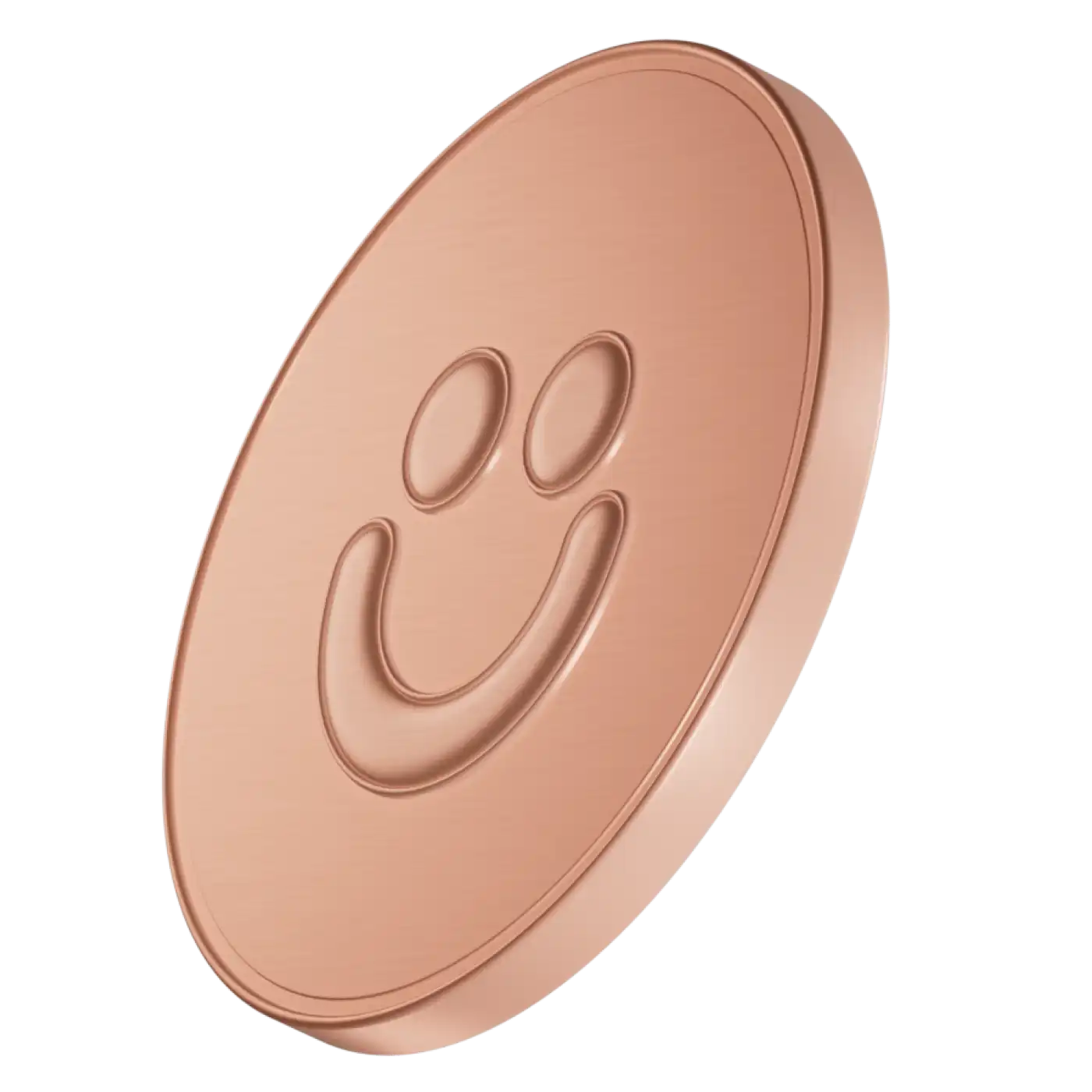There is no better feeling than eyeballing your checking account and spotting a credit—especially for money you weren’t expecting. A common credit that Canadians find is “RIT/RIF.” This is a tax credit that the Canada Revenue Agency (CRA) can direct deposit into your bank account.
What is RIT/RIF?
RIT refers to refund of income tax. (This payment is also sometimes referred to as RIF.) A Canada RIT/RIF payment is, simply put, a tax refund that you get after filing your income tax return.
Getting a Canada RIT payment can seem like a windfall—a good opportunity for a little fun spending. Or you might see it as the universe’s way of encouraging you to start investing. Maybe you can get a jump on this year’s RRSP contribution for your retirement. Or maybe you’ll want to use the money before you’re old and instead invest through a TFSA. Both accounts have certain irresistible features. How you invest is between you, your accountant, and your partner if you have one.



